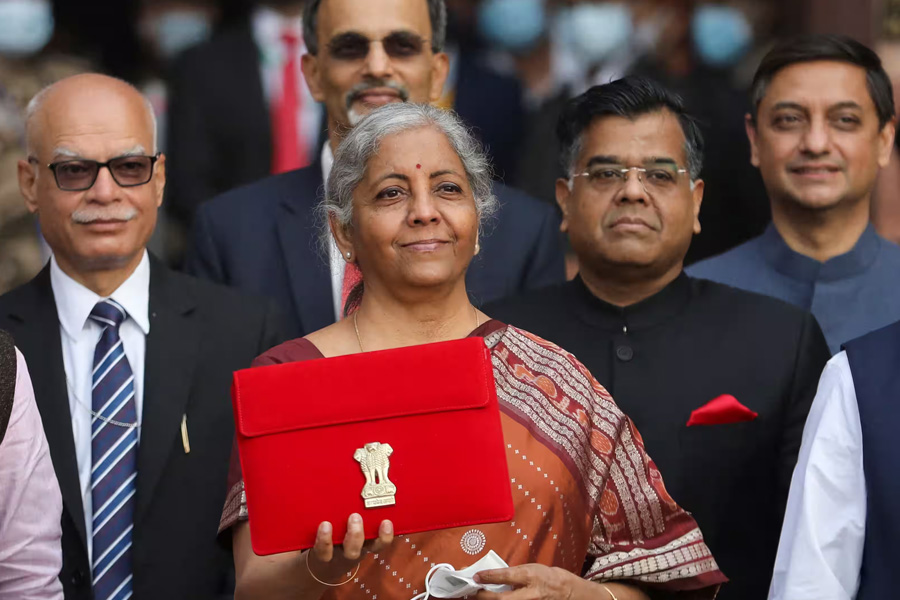
The poor, the youth, women and farmers of the nation are some of the worst performing groups in most categories of social and economic policy performance.
Author
Deepanshu Mohan, Professor of Economics and Director, Centre for New Economics Studies, O.P. Jindal Global University, Sonipat, Haryana, India.
Summary
The pre-poll interim Union Budget speech made by finance minister Nirmala Sitharaman was well suited for an election year, projecting a rear-view reflection of the Modi government’s record of “Governance, Development and Performance (GDP)”, as claimed in her own words.
Much of the rhetorical tone had its own share of factual inconsistencies, with credibility questions for the finance minister’s fiscal math (one only needs to see the revised estimates for this), something that has become part of a pattern now.
What was interesting to see was an implicit acknowledgment made by the finance minister of the government’s reassurance to working for the progressive development of the most ignored sections of the Modi government’s fiscal policy: the poor, the youth, women and farmers of the nation.
All four groups, in extensive details of Indian economy data, are some of the worst performing groups in most categories of social and economic policy performance. Sticking to the rear-view landscape of the finance minister, in retrospect, each of these groups have remained out of the Modi government’s ‘GDP (Governance, Development, Performance)’ agenda.
Unfortunately, as a weak national opposition – suffering from an acute organisational and leadership crisis – fails to effectively mobilise these groups for the upcoming Lok Sabha polls, any symbolic support projected by the BJP, even if not backed by hard data, may appear to sell well for the Modi government’s campaign promises: For the poor, otherwise subjected to more hunger and lower incomes in Modi government’s decadal tenure; for the youth, otherwise facing higher (youth) unemployment than ever before in post-independence Indian economic history, especially amongst the ‘educated’ youth; for the women, otherwise witnessing the poorest labor force participation rate and forming the highest group in the unpaid worker category in both urban and rural areas; and the farmers, otherwise who have suffered from a broken state-kisan compact, and been economically marginalised due to high input prices, poor returns on agri-investments amidst a high wave of retail food inflation.
The finance minister tried to provide mere empty reassurances to each of the above groups, speaking on random, ad hoc measures the Modi government had undertaken for their overall development – ignoring their actual lived experience, which suggest a different reality (discussed here).
Published in: The Wire
To read the full article, please click here.

